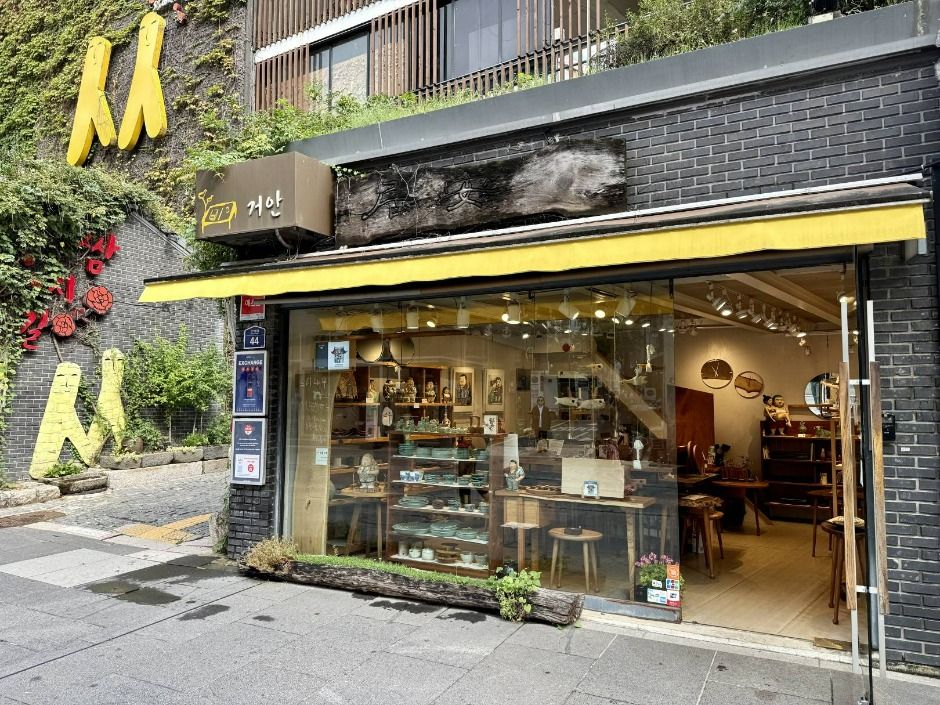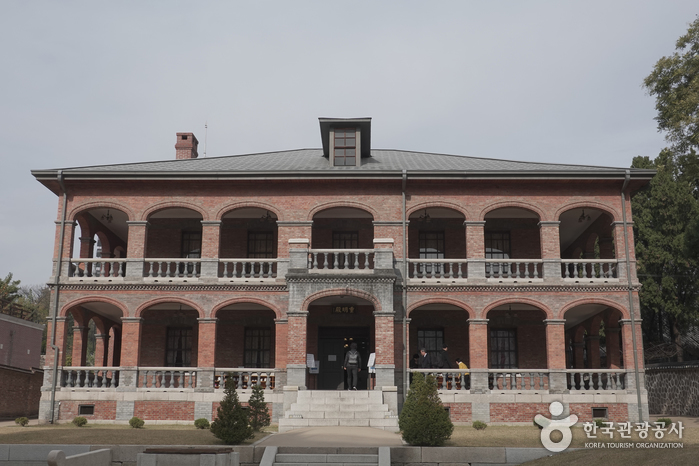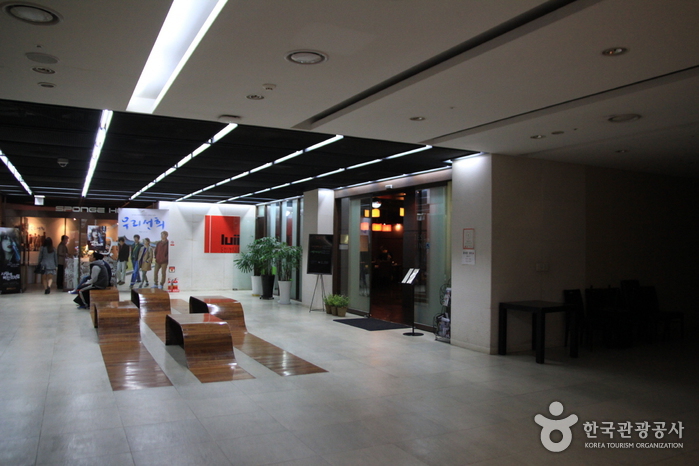Geoan (거안)
6.6Km 2025-10-23
44 Insadong-gil, Jongno-gu, Seoul
Geoan, a store in Insa-dong, specializes in wooden furniture and accessories. Visitors can purchase products on display in the store or customize their pieces according to their preferences. In addition to furniture production, the shop also exhibits and sells various artworks such as celadon, lacquer mother-of-pearl, and sculptures by artists, making it a classy art space that harmonizes tradition and modernity.
Ssamzigil (쌈지길)
6.6Km 2025-10-23
44 Insadong-gil, Jongno-gu, Seoul
Ssamzigil is an Insa-dong landmark and a shopping mall specializing in crafts. It is a place where the traditions of Korea come together with its present. Follow the paths that lead seamlessly from the lower floors to the upper floors and browse the small craft shops that inhabit the floors. You can find both works of traditional craft and contemporary craft here. Some craft shops also offer craft experiences, and one can also find restaurants and galleries within the complex.
Olive Young - Ewha Womans Univ. Jungang Branch [Tax Refund Shop] (올리브영 이대중앙)
6.6Km 2024-04-18
43, Ewhayeodae-gil, Seodaemun-gu, Seoul
-
Artbox - Sinchon Branch [Tax Refund Shop] (아트박스 신촌)
6.6Km 2024-04-22
1F, 23, Myeongmul-gil, Seodaemun-gu, Seoul
-
Slow Steady Club - Samcheong Branch [Tax Refund Shop] (슬로우스테디클럽 삼청)
6.6Km 2024-06-27
2F, 84, Yulgok-ro, Jongno-gu, Seoul
-
Olive Young - Changcheon Branch [Tax Refund Shop] (올리브영 창천)
6.6Km 2024-04-18
17, Sinchon-ro, Seodaemun-gu, Seoul
-
LG Best Shop - Donggyo Branch [Tax Refund Shop] (엘지베스트샵 동교점)
6.6Km 2024-04-18
6, Sinchon-ro, Mapo-gu, Seoul
-
Jungmyeongjeon Hall (중명전)
6.6Km 2025-01-09
41-11, Jeongdong-gil, Jung-gu, Seoul
+82-2-752-7525
Located near Deoksugung Palace, Jungmyeongjeon Hall is a red-brick modern Western-style building. It was built in 1899 as the imperial library of the Korean Empire. After Deoksugung Palace caught on fire in 1904, the place became the temporary residence of Emperor Gojong. It also witnessed the tragic part of history in which the infamous Eulsa Treaty (Japan-Korea Protectorate Treaty), an illegal treaty forced by Japan, was signed in 1905. Its exhibition hall serves as a place for historical education.
Luii (루이)
6.6Km 2024-07-17
40, Sejong-daero 21-gil, Jung-gu, Seoul
+82-2-736-8889
Luii is a Chinese restaurant operated by a veteran chef with extensive experience in Chinese cuisine. The restaurant has several rooms of different sizes to accommodate various events. It also has a VIP room for more private gatherings.
Olive Young - Donggyo-dong Branch [Tax Refund Shop] (올리브영 동교동)
6.6Km 2024-04-18
207, Donggyo-ro, Mapo-gu, Seoul
-


![Slow Steady Club - Samcheong Branch [Tax Refund Shop] (슬로우스테디클럽 삼청)](http://tong.visitkorea.or.kr/cms/resource/13/3314413_image2_1.jpg)
![Olive Young - Changcheon Branch [Tax Refund Shop] (올리브영 창천)](http://tong.visitkorea.or.kr/cms/resource/64/2889364_image2_1.jpg)
![LG Best Shop - Donggyo Branch [Tax Refund Shop] (엘지베스트샵 동교점)](http://tong.visitkorea.or.kr/cms/resource/30/2890130_image2_1.jpg)


![Olive Young - Donggyo-dong Branch [Tax Refund Shop] (올리브영 동교동)](http://tong.visitkorea.or.kr/cms/resource/17/2889317_image2_1.jpg)
 English
English
 한국어
한국어 日本語
日本語 中文(简体)
中文(简体) Deutsch
Deutsch Français
Français Español
Español Русский
Русский